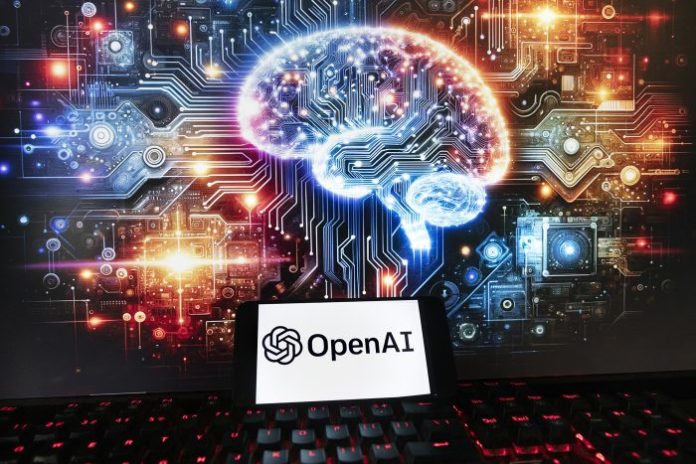OpenAI, a prominent player in the field of artificial intelligence (AI), has introduced a groundbreaking text-to-video model named Sora, representing a significant leap forward in generative AI technology.
This innovation comes at a time when major tech companies like Google, Microsoft, and OpenAI are engaged in a fierce competition to advance text-to-video capabilities, recognizing the immense potential of this technology in various applications.
The sector is anticipated to see substantial growth, with projections indicating it could reach a staggering $1.3 trillion in revenue by 2032. Since the introduction of ChatGPT roughly a year ago, consumer interest in generative AI has been steadily increasing, highlighting the significance of advancements like Sora.
Unlike its counterparts, such as Google’s Lumiere, Sora boasts the unique ability to generate videos of up to one minute in length, albeit with current availability limited. This limitation notwithstanding, the unveiling of Sora underscores OpenAI’s commitment to pushing the boundaries of what’s achievable in AI-driven content generation.
To ensure the robustness and effectiveness of Sora, OpenAI is soliciting feedback from various stakeholders. These include “red teamers,” experts in combating misinformation, bias, and harmful content, as well as creative professionals like visual artists and filmmakers.
The inclusion of adversarial testing, wherein experts deliberately attempt to exploit or manipulate the model’s capabilities, underscores OpenAI’s proactive approach to addressing potential challenges, such as the proliferation of convincing deepfake content.
A notable strength of Sora lies in its capacity to comprehend and process lengthy textual prompts, enabling the generation of diverse and intricate video content. This capability is derived from OpenAI’s prior work with models like Dall-E 3, which pioneered techniques for generating descriptive captions for visual data.
The resulting videos produced by Sora exhibit a remarkable degree of realism, showcasing a wide array of scenes and characters, ranging from urban landscapes to fantastical creatures.
However, Sora is not without its limitations. Challenges persist in accurately representing complex physical interactions and understanding causal relationships within scenes. For instance, the model may struggle to depict the aftermath of actions, such as a bite taken out of a cookie. Additionally, minor inconsistencies, such as confusion between left and right, highlight areas for improvement in Sora’s understanding of spatial relationships.
Despite these challenges, OpenAI remains committed to ensuring the safety and ethical use of Sora. The company adheres to stringent standards that prohibit the creation of content involving extreme violence, sexual explicitness, hateful imagery, and unauthorized use of intellectual property.
While the timeline for widespread availability of Sora remains undisclosed, OpenAI emphasizes the importance of comprehensive safety measures and iterative improvements based on real-world usage to mitigate potential risks associated with AI technology.


